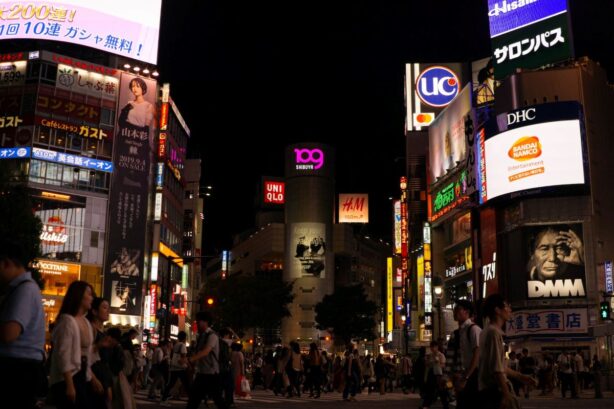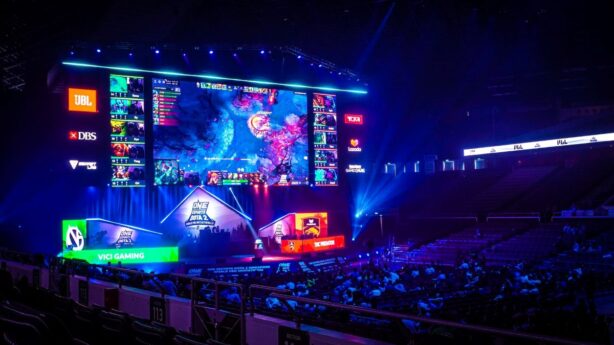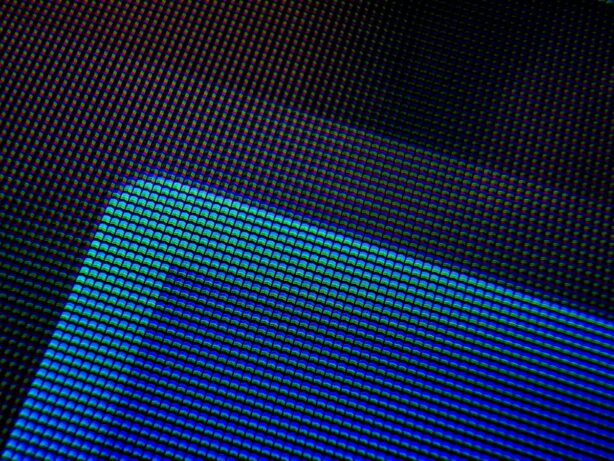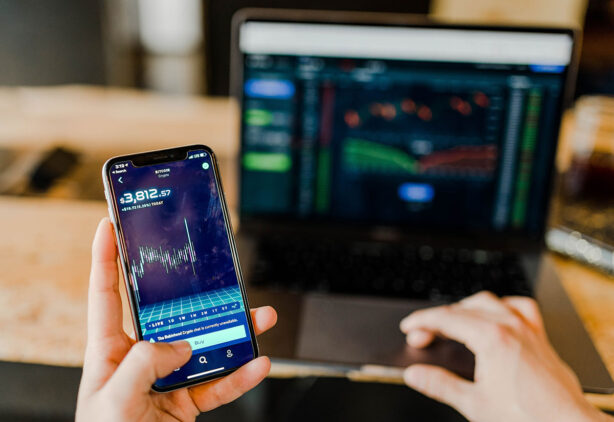Find out how LED screens work, how they’re controlled, and how they have become a part of our daily lives.

Before LED screens became as popular as they are today, they were preceded by different—less efficient—forms of digital displays.
Earlier displays included the expensive and surprisingly large CRT displays, which preceded the much sleeker LCD screens.
Until about the last decade, LEDs had yet to become the most common type of lighting when it comes to large lighting displays.
Before the advent of LEDs, placing a screen of any type in a retail store, museum, or sporting venue was far more expensive.
Now, thanks to LEDs, we are seeing larger, more affordable, and higher definition screens being installed across nearly every industry.
Since LED screens are such a large part of our lives—which we’ll get into later when we explore all of the different use cases—we want to give you a bit of a behind the scenes look at how these screens work.
If you’ve ever been curious about how LED screens work—keep reading!
What are LEDs and What is an LED Light Display?
Before we can begin talking about all of the different uses for LED displays, we need to cover some of the basics.

To get started, the first thing we need to do is to define LEDs.
LED stands for Light Emitting Diode. Each diode is a small bulb that is capable of producing a wide variety of colors and hues.
When these LEDs are arranged together and connected to a lighting control system to receive commands, the LEDs work together to become a light display.
The major advantage associated with LEDs—and why they are the most commonly used light source—is because they use very little electricity, produce a wide range of colors, and can receive complex lighting commands.
LED light displays were first used for concert tours in the late 90’s, before the technology advanced enough to hit the consumer marketplace in the mid 2000s.
This technology came in the form of OLED ultra-thin televisions. This type of television display would quickly dominate the market and replace older LCD screens.
Nowadays, it is nearly impossible to avoid LED screens both in public and inside the home. Before we get ahead of ourselves, let’s dive into a bit more detail about how these LED displays work.
How Do LED Light Displays Work?
Using a large amount of diodes and a sophisticated lighting control system, LED displays can project any type of image.

When you get very close to an LED light display, you will probably notice hundreds—or even thousands of individual diodes that are producing different colors rapidly.
When these diodes are combined by the hundreds and are connected to a lighting control system, they can display images, text, or even high quality videos.
All of the different individual LEDs combine to create a composite image that can be as small as a smartphone or as large as a screen in a sports venue.
The information being transmitted to the screen and the individual diodes usually comes from a WiFi connection, but in some use cases ethernet cables may be used to relay commands from the lighting control system.
In order to get a better understanding of how LED light displays work, we should take a look at some of the key definitions to help better understand how these collections of diodes are able to create stunning images on screen. Let’s take a look!
Pixel Density
The pixel density of an LED display refers to the number of pixels that make up the total screen area.
When professionals are measuring pixel display, they will measure the space using pixels per inch (PPI). The more pixels used in the display, the better the quality of the image that is displayed.
As mentioned previously, LEDs are inescapable in the form of TVs and large advertising screens. In addition to those applications, they are also what makes smartphone technology possible.
When talking about smartphones we are talking about a super high pixel density that allows us to stream high quality videos and view high quality images on a smaller screen.
Smartphones on average will have a pixel density of around 450 PPI, while a HD television may only have a pixel density of about 80. In general, the smaller the screen the higher the pixel density.
Pixel Pitch
Another key term used to describe LED screens is the pixel pitch. The pitch refers to the separation between the diodes measured from the center of the two adjacent pixels.
If you are looking at a screen with a large pixel pitch, you will most likely be able to see the individual LED lights. On the other hand, if there is a very high pixel pitch it will be difficult to point out the individual LEDs.
Viewing Angle
If an LED screen is part of a sports venue or an outdoor display, it is important to consider the viewing angle. At a certain angle, LEDs will appear darker than normal and the image projected may disappear altogether.
The viewing angle is measured in the total amount of degrees that the screen can be viewed without any darkening.
For example, if a screen has a viewing angle of 60 degrees, it means that people can view the screen at full brightness from either 30 degrees to the right or the left.
Scan Rate
Since images move so quickly during a video projection, there is often no need for all of the LEDs to be lit up at the same time.
It is often impossible to illuminate each diode without causing eye strain to the audience and overloading the power system.
In fact, for some systems, only 1/16th of the diodes need to be illuminated at once. If only 1/16th of the diodes need to be illuminated at any given time, it means that the scan rate is 1:16.
What Are the Most Common Types of LED Screens?
Now that we’ve learned more about how these screens work generally, let’s explore some different variations.

Depending on the application and build of the LED screens, they can be classed in different categories—let’s take a look at some of the most commonly found LED screens.
Dot Matrix
A Dot Matrix LED display is a very simple type of LED screen that can display numbers and characters. These are usually described as “ticker tape” and are used for advertisements and to display important information.
Segmented
Segmented LED displays are even more simple than dot matrix displays.
Segmented LED displays come in 7, 14, and 16 segment varieties. As there are more segments, these LED screens are able to convey more information.
For example, 7 segment displays can only display numbers, while 14 and 16 segment displays are able to display both numbers and letters. These types of displays are usually associated with alarm clocks.
Complex
While the former two types of LED screens are important and widely used, they are not relevant to the examples we’ve discussed today.
In order to project high quality images and videos, much more complex installations are required—the same is true for smartphones as well.
So, while dot matrix and segmented displays are important, they are not capable of producing a wide array of images.
The Impact of LEDs
Because we use LED screens every day, their impact cannot be understated.

In just the last decade, LED screens have become important for everything we do. From the biggest screen at a new sports venue to the laptop where you are currently reading this article—LED lights are everywhere.
Because they have become one of the most widely used screen technologies, it is highly likely that it would be difficult to work and live our lives without the help of LEDs.
The world of lighting technology can be mystifying, so we hope you now have a better understanding of how screens work and why they’re so important for a host of different applications.
